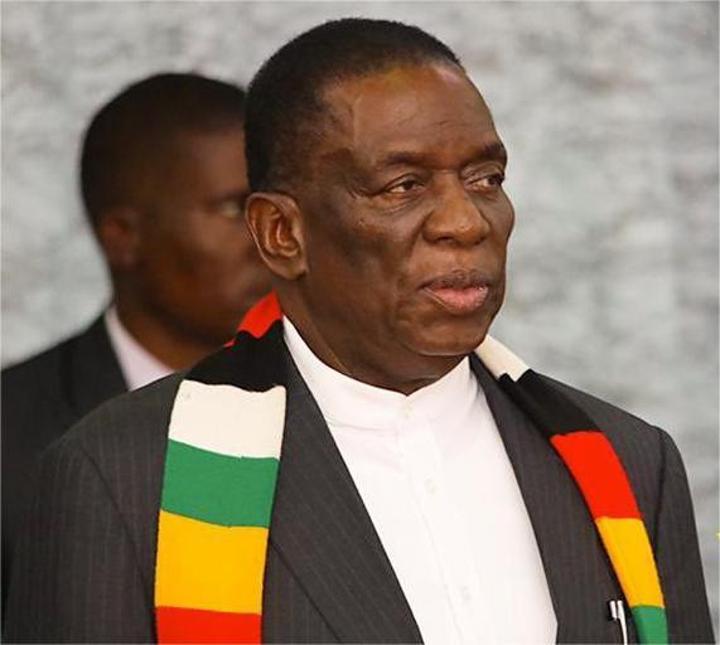Africa-Press – Zimbabwe. PRESIDENT Emmerson Mnangagwa this week told the World Summit for Social Development in Doha, Qatar, that Zimbabwe has nearly halved poverty since 1995.
According to his remarks, poverty dropped from 62% to 38,3% between 1995 and 2019, while primary school enrolment reached 88% — figures that, on paper, suggest remarkable social progress.
He attributed this “success” to government-funded programmes such as the Basic Education Assistance Module (Beam), a programme said to be paying school fees for 1,5 million learners each year.
The message was clear: Zimbabwe is on a path of inclusion and prosperity.
What wonders, indeed!
But as with many official pronouncements, the story told in Doha bears little resemblance to the reality on the ground.
Poverty, far from being halved, remains widespread and visible in every corner of the country — in informal markets, crumbling hospitals and underfunded schools.
The education sector, which the President presented as a pillar of progress, itself is in a crisis.
Take the example of Bulawayo City Council (BCC)-run schools, which are owed more than ZiG39 million in unpaid fees under the same Beam programme the President praised.
According to the September 2025 BCC Education Section report, total enrolment in all 31 council schools stood at 41 599 learners, yet ZiG145 million in tuition and levies remained outstanding.
The report quotes the city’s director for housing and community services, Dictor Khumalo, noting that: “Council did not receive any Beam funds as yet for 2025 — and since 2022.”
So, the question begs: If Beam is transforming access to education, where are the funds?
If government’s social programmes are so effective, why are thousands of schools waiting years for disbursement?
The contrast between rhetoric and reality could not be starker.
In May this year, Primary and Secondary Education deputy minister Angeline Gata told Parliament that nearly 50 000 learners dropped out of school in 2024 alone due to pregnancy and long distance to schools.
Of these, 15 809 were in primary school and 33 746 in secondary school.
Those are not numbers of progress; they are numbers of despair.
What the figures reveal is a sector quietly haemorrhaging to death.
While officials boast of “88% enrolment”, they do not mention the thousands who leave school early or the families which can no longer afford fees, uniforms, books or transport.
They celebrate statistics, not stories — and in doing so, they mistake attendance for achievement and policy for progress.
Poverty, too, has not been halved — it has been redefined.
The introduction of new currencies, chronic inflation and the informalisation of the economy have blurred the meaning of income and consumption.
In reality, millions of Zimbabweans survive on less than US$2 per day, despite working full-time in vending, cross-border trading or casual labour.
Rural poverty is deepening, urban unemployment is entrenched and social mobility has all but collapsed.
Meanwhile, government social safety nets — from Beam to food aid — are riddled with delays, corruption and political interference.
The little that trickles down rarely reaches those most in need.
The tragedy of Zimbabwe’s social policy is not merely inefficiency, but dishonesty.
The State continues to broadcast statistics of success to international audiences, while concealing glaring evidence of its failures.
Numbers can be massaged; classrooms and empty stomachs cannot.
Education has always been Zimbabwe’s pride — a legacy of post-independence investment that lifted millions out of poverty.
But today, that legacy is under siege.
Teachers are underpaid, schools are under-resourced and students are dropping out in droves.
To claim victory in such conditions is not optimism; it is denial.
Zimbabwe does not need cosmetic statistics or applause at global conferences.
It needs honesty, accountability and a renewal of commitment to social justice.
Until that happens, the President’s claims of halving poverty will remain what they are — a mirage in a desert of broken promises.
For More News And Analysis About Zimbabwe Follow Africa-Press






